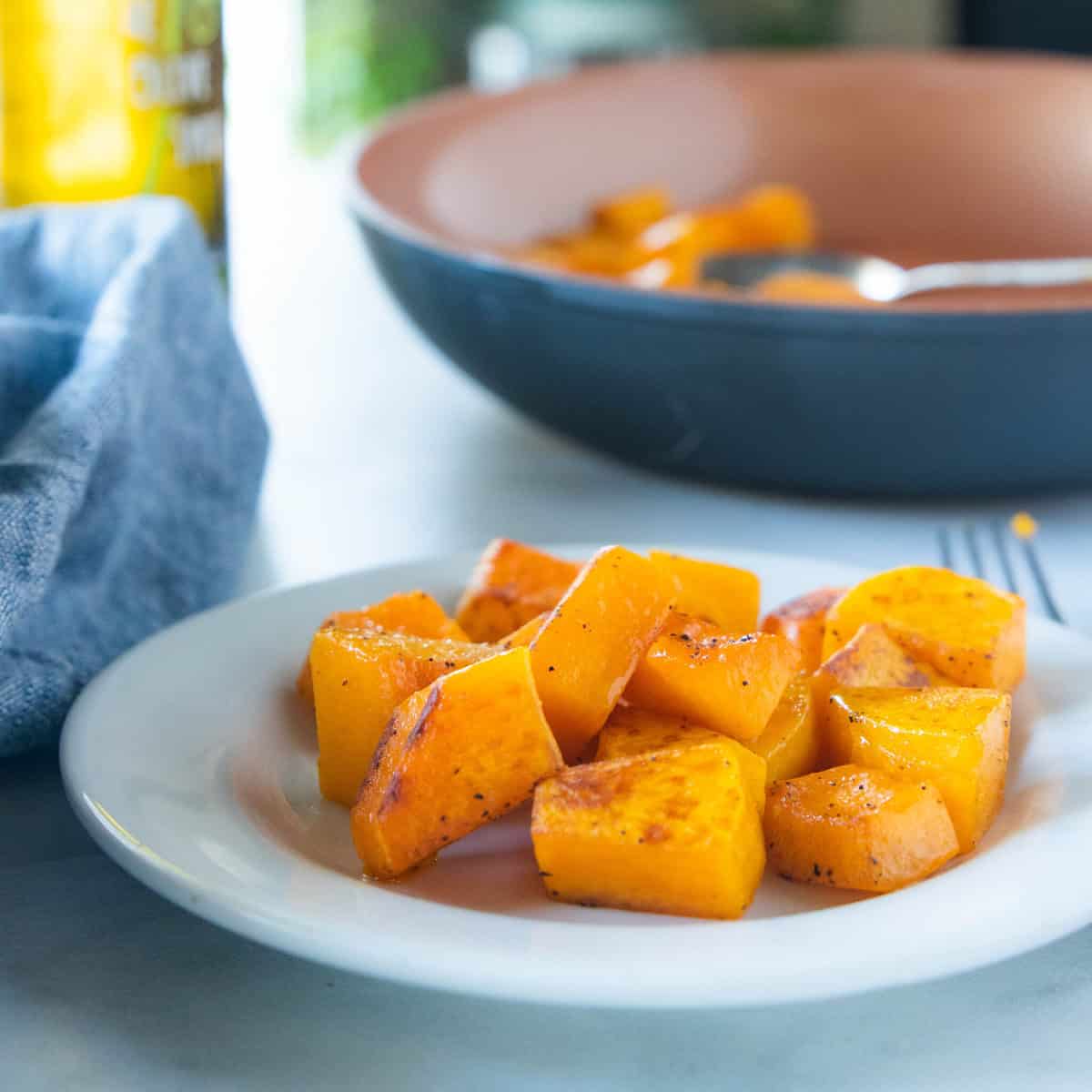How to Cook Squash on the Stove: A Step-by-Step Guide
I. Introduction to Cooking Squash on the Stove

A. Exploring the Versatility and Nutritional Benefits of Squash
Squash is a versatile and nutritious vegetable that offers a wide range of culinary possibilities. It comes in various varieties, including butternut, acorn, spaghetti, and zucchini squash. Squash is rich in vitamins, minerals, and dietary fiber, making it a healthy addition to any meal.
B. Benefits of Stove Cooking for Squash Preparation
Stove cooking methods, such as sautéing, steaming, and boiling, offer quick and efficient ways to prepare squash. These methods allow for precise heat control and result in flavorful, tender, and evenly cooked squash.
II. Selecting and Preparing Squash
A. Choosing the Right Type of Squash
- Understanding Different Varieties and Their Culinary Uses
Different varieties of squash have different textures and flavors, which lend themselves to specific cooking methods. For example, butternut squash is often roasted or used in soups, while zucchini squash is commonly sautéed or grilled.
- Selecting Fresh and Ripe Squash for Optimal Flavor
When choosing squash, look for ones that are firm, free of blemishes, and have a vibrant color. Avoid squash that feels excessively soft or has moldy spots.
B. Washing and Preparing Squash for Cooking

- Cleaning the Outer Skin of the Squash
Wash the outer skin of the squash thoroughly under running water to remove any dirt or debris. Use a vegetable brush to scrub the surface if necessary.
- Peeling, Deseeding, and Dicing Squash as Needed
Peel the squash using a vegetable peeler or a sharp knife, if desired. Cut the squash in half lengthwise and scoop out the seeds and fibers using a spoon. Dice or slice the squash according to your recipe‘s instructions.
III. Sautéing Squash
A. Preparing a Skillet or Pan
- Choosing a Suitable Pan for Sautéing
Select a skillet or pan with a wide bottom and sufficient depth to accommodate the squash. Non-stick pans or cast iron skillets work well for sautéing squash.
- Preheating the Skillet with Oil or Butter
Preheat the skillet over medium heat and add a small amount of oil or butter. Allow it to melt or heat up before adding the squash.
B. Sautéing Squash with Flavorful Additions
- Adding Aromatics like Garlic or Onion to the Pan
Sauté minced garlic or diced onion in the preheated skillet until they become fragrant and translucent. These aromatics enhance the flavor of the sautéed squash.
- Sautéing Squash with Herbs or Spices for Enhanced Flavor
Add herbs or spices, such as thyme, rosemary, paprika, or red pepper flakes, to the skillet to infuse the squash with additional flavors. Sauté the squash until it becomes tender and lightly browned.

IV. Steaming Squash
A. Preparing a Steamer or Pot with Steamer Basket
- Filling a Pot with Water and Inserting a Steamer Basket
Pour water into a pot and bring it to a simmer. Place a steamer basket or colander into the pot, ensuring that it sits above the water level. The squash should not come into direct contact with the water.
- Ensuring Proper Water Levels and Placement of Squash
Add the prepared squash to the steamer basket, ensuring that it is evenly distributed and not overcrowded. Cover the pot with a lid, allowing steam to circulate and cook the squash.
B. Steaming Squash until Tender
- Bringing Water to a Boil and Allowing Steam to Build
Bring the water to a boil over medium-high heat. Once the water is boiling, reduce the heat to medium-low to maintain a simmer. Steam the squash until it becomes tender when pierced with a fork.
- Steaming Squash for the Desired Texture and Doneness
The steaming time will vary depending on the size and thickness of the squash pieces. Check the squash periodically with a fork to ensure it is cooked to your desired texture, whether that be firm-tender or softer.
V. Boiling Squash
A. Preparing a Pot with Water and Salt
- Filling a Pot with Adequate Water for Boiling
Fill a pot with enough water to fully submerge the prepared squash. Add salt to the water to enhance the flavor of the boiled squash.
- Adding Salt to Enhance the Flavor of Boiled Squash
Adding salt to the boiling water helps season the squash from the inside out. The salt permeates the squash during the cooking process, enhancing its natural flavor.
B. Boiling Squash until Fork-Tender
- Bringing the Water to a Boil and Adding Squash
Bring the salted water to a rolling boil over high heat. Carefully add the prepared squash to the boiling water, ensuring it is fully submerged.
- Boiling Squash for the Desired Softness and Texture
Boil the squash until it becomes fork-tender, which typically takes about 8-12 minutes depending on the size and thickness of the squash pieces. Test for doneness by piercing the squash with a fork. It should easily slide in and out with little resistance.
VI. Mashing Squash
A. Cooking Squash by Sautéing, Steaming, or Boiling
- Using Any of the Above Cooking Methods to Cook Squash
Cook the squash using any of the mentioned cooking methods, such as sautéing, steaming, or boiling. Ensure the squash is fully cooked and soft before mashing.
- Ensuring Squash is Cooked and Soft for Mashing
The squash should be cooked until it is very soft and easily mashed with a fork or potato masher. This ensures a smooth and creamy texture when mashed.
B. Mashing Squash with Flavorful Additions
- Adding Butter, Seasonings, or Herbs to the Cooked Squash
While the squash is still warm, mash it with a fork or potato masher. Add butter, salt, pepper, and any desired seasonings or herbs to taste. Mix well to incorporate the flavors.
- Mashing Squash to the Desired Consistency
Continue mashing the squash until it reaches your desired consistency. For a smoother texture, use a blender or food processor. For a chunkier texture, leave some small pieces intact.
In conclusion, cooking squash on the stove offers a range of delicious options for incorporating this versatile vegetable into your meals. Whether sautéing, steaming, boiling, or mashing, the stove provides convenient and efficient cooking methods. By selecting and preparing the right type of squash and using flavorful additions, individuals can create a variety of tasty squash dishes. Embrace the versatility and nutritional benefits of squash and explore the different stove cooking methods to enjoy flavorful and satisfying squash recipes.
